Common Eye Conditions in Dogs
As a pet owner, it can be difficult to know when your dog is feeling unwell. However, diseases of the eye are often more obvious. A dog’s eyes should be bright, shiny, and clear. Squinting, redness, and discharge are just a few of the signs that your pet may need to see his veterinarian.
All eye conditions in dogs should be addressed immediately, and there are cases that are more urgent than others. In this article we summarize some of the most common eye conditions in dogs, a must-read for all dog owners.
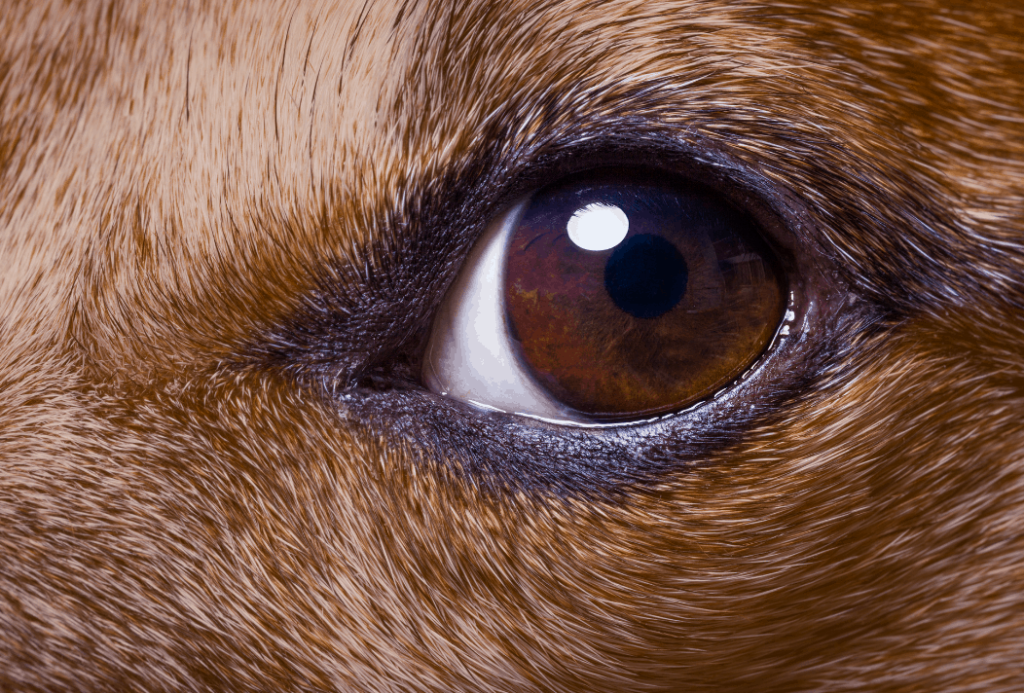
Common eye conditions
Conjunctivitis
The pink tissues beneath the eyelids and around the sides of the eyeballs are known as the conjunctival tissues. These mucous membranes protect and lubricate the eye with tears and mucus, and they are the first line of defense against infection in the eye.
The conjunctivae themselves can become infected or inflamed due to bacteria, viruses, injuries, parasites, and allergies. They can become swollen or very red in appearance, and they may start to secrete discharge that is yellow or green in color. Conjunctivitis, which is the term that refers to inflammation of the conjunctiva, can also be very uncomfortable and cause your pup to rub or paw at his eyes.
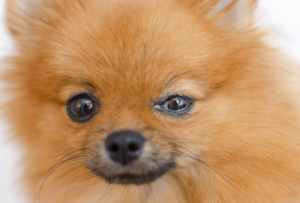
Corneal ulcers
The clear part of the eye that is located in front of the pupil and the iris (the colored part of the eye) is called the cornea. This part of the eye is considered to be a separate chamber (the anterior chamber) from the inner part of the eye (the posterior chamber). The cornea is responsible for bending and refracting light for vision.
The cornea is exceptionally thin. When it becomes scratched or traumatized, it is called a corneal ulcer. Since the cornea has a nerve supply, ulcers can be very painful and cause the eye to squint. If left untreated, bacteria can get into the eye and cause severe infection. This can lead to vision loss or the need to surgically remove the entire eye for patient comfort.
Keratoconjunctivitis sicca (dry eye)
Besides the conjunctiva, the lacrimal or tear gland is responsible for tear film production. Tears are produced to form a protective barrier for the eye, to help remove foreign material and to keep the eye structures lubricated.
Viruses, endocrine or hormonal disorders, and nervous system disorders can cause dry eye, but the most common cause is when the immune system attacks the lacrimal glands. As a result, you may see thick mucoid discharge in the eyes as well as pigmentation, cloudiness, and conjunctivitis. Dry eye also increases the risk for corneal ulcers.
Glaucoma
The anterior chamber of the eye contains a liquid called aqueous humor which provides oxygen and nutrients to the structures within the eye. Aqueous humor is produced by the ciliary body while excess humor is drained away via the iridocorneal angle. When there is a drainage problem, pressure builds up inside the anterior chamber. This is known as glaucoma.
Iris inflammation, lens damage, blood clots, and tumors can cause drainage problems, resulting in secondary glaucoma. Certain dog breeds like Cocker Spaniels, Schnauzers, and Boston Terriers can have congenital problems with the iridocorneal angle which causes primary glaucoma. Both primary and secondary glaucoma can cause watery eye discharge, cloudy eyes, and eye pain. In severe cases, the eye can appear severely swollen and cause vision loss.
Cherry eye
Dogs have a third eyelid that is located beneath the lower lids. It is meant to protect the eye from injuries and contains a tear-producing gland called the nictitating membrane. This gland is responsible for almost 50% of your dog’s tear production.
Certain dog breeds have a tendency to have a prolapsed nictitating membrane or cherry eye. This is when the gland pops out of place because the fibrous attachment that keeps it in place is loose or weak. Boston Terriers, Beagles, and Shih Tzus have an increased risk of developing cherry eye. Surgical tacking is necessary to prevent repetitive prolapse. Otherwise, dry eye may occur in the future.
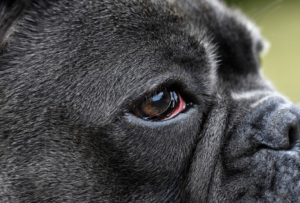
Entropion/ectropion
Entropion and ectropion refer to the positioning of the eyelids. A normal eyelid contacts the eye in a way where the conjunctivae are not exposed but the eyelashes and hairs of the eyelids avoid contact with the eye. Dogs with ectropion have eyelids that roll outward, exposing the sensitive conjunctival tissues. Entropion is where the eyelids roll inward, causing eyelashes and hair to contact the eye.
Dogs with entropion are prone to eye pain, infections, corneal ulcers, and perforations. Dogs with ectropion are also prone to eye pain because of conjunctivitis and keratitis (corneal inflammation). These disorders are inherited. Eye ointments and lubricants can help with minor cases, but severe cases of ectropion and entropion often require corrective surgery.
Eyelid masses
Eyelid cysts or tumors are more common in middle-aged and senior dogs. These typically appear on the outer portion of the eyelid or on the edge of the eyelid where the eyelashes start. A gland called the meibomian gland, which secretes an oily substance to stabilize tear films, can develop tumors which are typically benign. A meibomian gland that becomes obstructed is called a chalazion.
Eyelid masses that are rapidly growing or become irritated or ulcerated should be tested. This is usually done by cytology or tissue biopsy. Malignant tumors, while rare, require surgical therapy and possibly additional treatments from a veterinary oncologist.
Cataracts and nuclear sclerosis
There is a clear lens inside of the eye that can be flexed or stretched to help direct light onto the retina, or the back of the eye. This is part of how vision is processed. When the lens becomes opaque and cloudy or white, this is known as a cataract. It can occur in certain dog breeds or senior dogs, and it can also occur due to illnesses like diabetes mellitus. Cataracts can impair vision and require surgical intervention in order to restore vision.
While cataracts can significantly impair vision, nuclear sclerosis usually does not. As a dog ages, the lenses in his eyes become a little harder and less flexible. You might even see a bluish coloring when you look at his eyes from the side, but this coloring does not cause the kind of opacity that cataracts cause. Light should be able to pass through the eye and onto the retina, so dogs with nuclear sclerosis can still see.
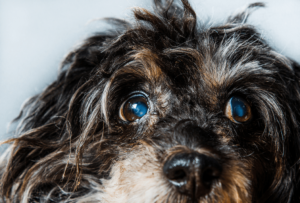
All acute vision changes or sudden vision loss are causes for concern
Almost every eye issue should be addressed immediately. If your dog’s eye is bleeding, becomes grossly enlarged, or is extremely painful, he should be taken to an emergency hospital as soon as possible.
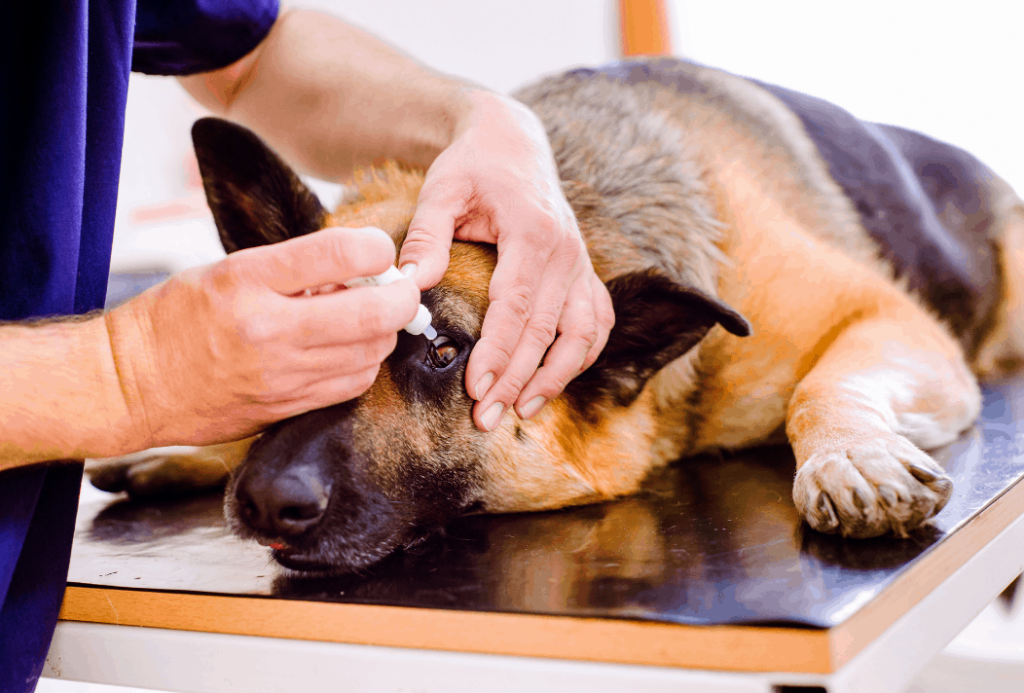
For all other eyes issues like squinting or rubbing the eye, consider using an Elizabethan collar or e-collar until you can get your pup to the doctor.
Keep in mind that problems like corneal ulcers can quickly become infected. Therefore, a good rule of thumb is that you should have any doggie eye issues addressed within a 24 hour period. If your regular veterinarian is not available, contact your nearest emergency veterinary hospital or veterinary ophthalmologist.
The post Common Eye Conditions in Dogs appeared first on VetBabble.




Post a Comment